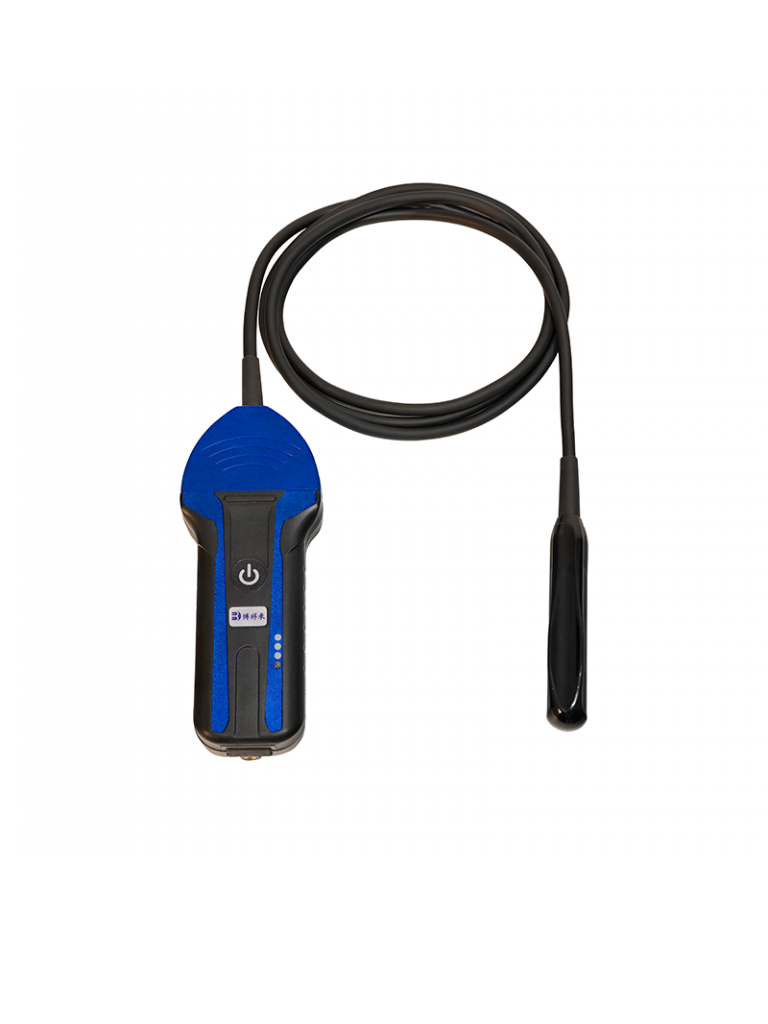Ultrasound Technology Enhancing Boar and Lactating Sow Feeding Strategies
In modern swine production, precision management has become essential for improving productivity, animal welfare, and economic returns. Among the many tools used to optimize herd health and reproductive performance, veterinary ultrasonography (often referred to as ultrasound) has emerged as a non-invasive, reliable, and increasingly indispensable method. While most pig producers are familiar with ultrasound for pregnancy detection, fewer may realize how valuable it can be in managing the feeding strategies of boars and lactating sows.

This article explores how ultrasound can support accurate feeding decisions and health monitoring in both boars and sows during lactation. Drawing from practices in advanced swine-producing countries like the United States, Denmark, and Canada, we highlight key ways ultrasound technology is helping farmers make data-driven decisions.
Section 1: Lactating Sow Feeding—A Balancing Act
Understanding the Challenges of Lactation
Lactating sows face significant metabolic demands. They must consume enough nutrients to maintain their own health while producing sufficient milk to nourish growing piglets. In many cases, especially during summer months or in large litters, sows may lose considerable body weight if feed intake is inadequate. This weight loss can negatively affect future reproductive performance, including delayed estrus and reduced conception rates.
The Role of Backfat Measurement with Ultrasound
One widely accepted method to manage sow nutrition is monitoring backfat thickness using ultrasound. In countries like the Netherlands and Canada, sow feeding strategies are routinely adjusted based on veterinary ultrasound assessments of backfat at the P2 position (approximately 6.5 cm from the midline, at the last rib).
The ideal target backfat thickness at farrowing is around 18–20 mm, while by weaning, the goal is to minimize loss to around 2–4 mm. Sows losing more than 5 mm during lactation are more likely to experience rebreeding issues. By performing weekly or bi-weekly ultrasound scans, producers can detect excessive backfat loss early and adjust feeding levels accordingly, providing high-energy diets or even wet feeding to improve intake.
Maintaining Sow Health During Lactation
In addition to backfat monitoring, ultrasound can be used to evaluate other tissues and organs. For instance, when sows exhibit poor appetite, fever, or abnormal milk production, ultrasonography can be used to scan mammary tissue to check for signs of mastitis or fluid accumulation.
In Denmark, where animal welfare is a strong focus, producers frequently monitor sow comfort, hydration status, and udder health using ultrasound to prevent diseases that may go unnoticed until piglet growth is impaired.
Ensuring Adequate Water Intake
Water is another critical factor. A lactating sow may need more than 20–25 liters of water daily to support milk production. Producers in warmer regions or in confinement housing often install automated water systems, but also use B-mode ultrasound to detect signs of dehydration. One indirect indicator is the echogenicity of kidney and bladder tissue, which can reflect hydration levels in clinical cases. While this is more advanced, some international farms have integrated this into their routine vet checks.

Section 2: Ultrasound in Boar Feeding and Management
Unique Needs of Boars
Boars represent a relatively small portion of the swine herd but have outsized importance in terms of genetics and breeding efficiency. Proper feeding ensures not only optimal body condition but also high semen quality and libido. Overweight or underweight boars may produce poor-quality semen or suffer reduced reproductive success.
Establishing a Routine with Ultrasound Support
Foreign breeding operations often use fixed daily schedules for feeding, semen collection, grooming, and exercise. To support these routines, ultrasound is employed to monitor external reproductive organs—such as testes and accessory glands—for abnormalities, swelling, or atrophy.
For instance, in boars showing reduced libido or inconsistent semen volume, ultrasound scanning of the testicles can help identify hypoplasia or inflammation early, allowing timely intervention. In U.S. artificial insemination (AI) centers, regular ultrasound of boar reproductive tracts is becoming more common, especially when boars are approaching the end of their prime reproductive age (around 3–4 years old).
Feeding Based on Backfat and Body Condition
Feeding decisions for boars are also increasingly data-driven. Backfat thickness is regularly measured using portable ultrasound units to ensure boars remain within a target range—typically 16–20 mm depending on age and genetic line. This helps prevent obesity, which can hinder mobility and breeding performance, or under-conditioning, which can reduce libido and semen quality.
In breeding centers in Canada, the boars’ body condition is evaluated monthly using ultrasound, and feed rations are adjusted accordingly. Some AI stations even use predictive models combining ultrasound data with genetic history and environmental parameters to fine-tune boar diets for optimal performance.
Housing and Grouping Considerations
Ultrasound is also useful when deciding how to house and manage boars. In operations where boars are housed singly or in small groups, ultrasound can help assess which animals are thriving in their environment. For example, injuries, early signs of musculoskeletal stress, or asymmetrical testicular development can be detected during routine scans. This informs whether boars should be regrouped, receive medical treatment, or be culled from breeding programs.

Section 3: Grooming, Hoof Care, and Behavior Conditioning
Daily Grooming and Hoof Trimming
In advanced swine facilities, grooming boars and keeping their hooves trimmed is part of regular husbandry. Besides improving hygiene, daily grooming is used as a form of behavior conditioning, especially to encourage positive handling responses during semen collection or natural mating.
Veterinarians and technicians performing these routines sometimes use ultrasound to check hoof pad thickness, joint fluid levels, or even skin health when repeated trauma is suspected. This level of detail is often found in AI centers in Germany or large breeding units in the U.S.
Ultrasound-Guided Training and Temperament Assessment
Some producers are also beginning to integrate ultrasound observations into behavioral assessments. For instance, sudden spikes in heart rate or muscle tension observed via ultrasound during grooming may indicate stress or pain responses. Identifying these early helps modify training techniques or housing conditions to support boar welfare.
Section 4: International Perspectives and Trends
Technology Adoption Worldwide
According to the International Pig Veterinary Society (IPVS), more producers in Europe, North America, and Southeast Asia are investing in handheld, wireless ultrasound units. These are now lightweight, affordable, and easy to disinfect between uses.
Training programs in countries like the U.K. and the Netherlands provide courses for farm staff on interpreting ultrasound images for feeding and health management—not just reproduction. This reflects a growing understanding that ultrasound is not only a diagnostic tool, but also a daily management device.
Integration with Digital Farm Systems
Modern swine operations increasingly integrate ultrasound readings into digital herd management platforms. These systems track each animal’s ultrasound-derived data—such as backfat thickness, testicle size, and udder health—alongside feed intake, litter size, and health records.
By combining these datasets, farmers can make more informed decisions. For example, if a sow has low backfat at weaning and also shows signs of mastitis via ultrasound, her diet can be changed immediately while considering her future breeding schedule.
Conclusion
Ultrasound technology is transforming the way we feed and manage breeding pigs. From monitoring sow backfat to detecting subtle changes in boar reproductive organs, this non-invasive tool enables proactive, targeted care. As more swine producers adopt precision agriculture methods, ultrasound is becoming essential—not just for reproduction, but for feeding, housing, and welfare management.
By learning from international best practices and integrating ultrasound into everyday routines, farmers can improve reproductive outcomes, reduce feed waste, enhance animal welfare, and ensure more consistent performance from their herds.





